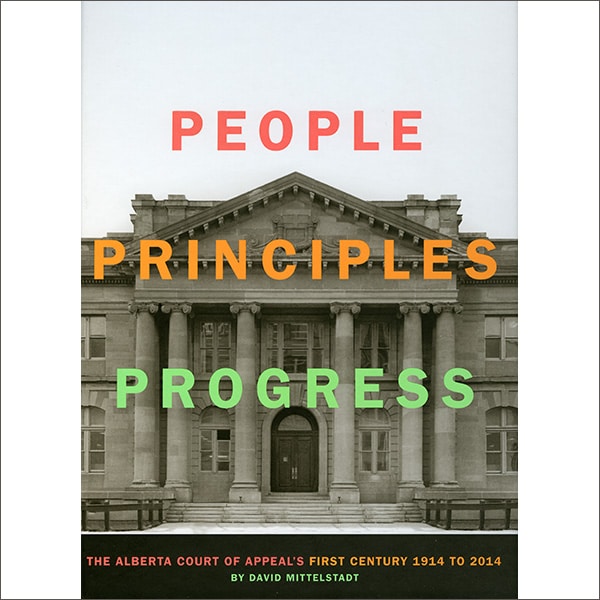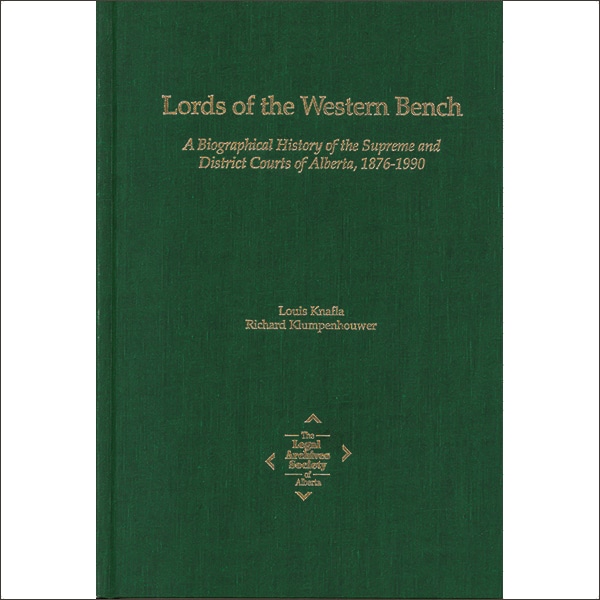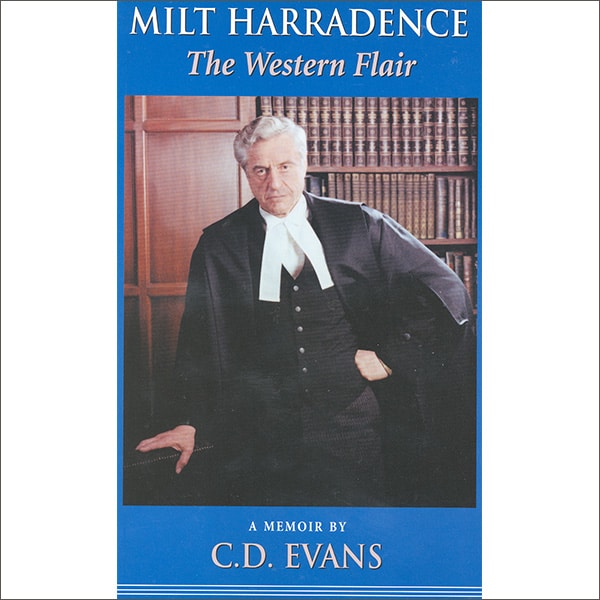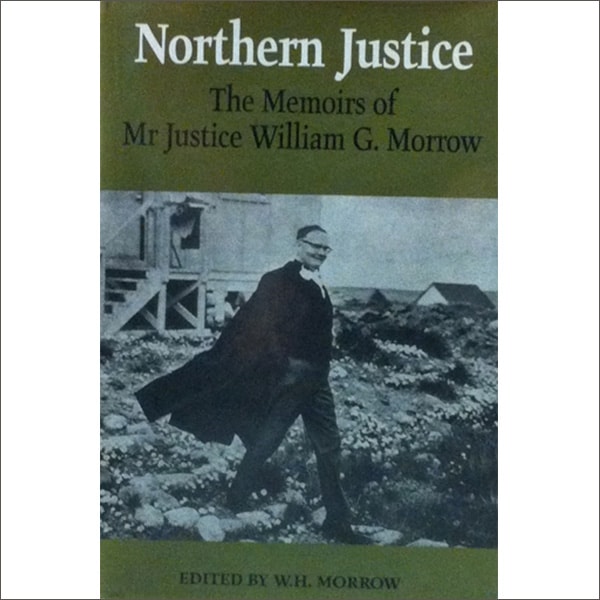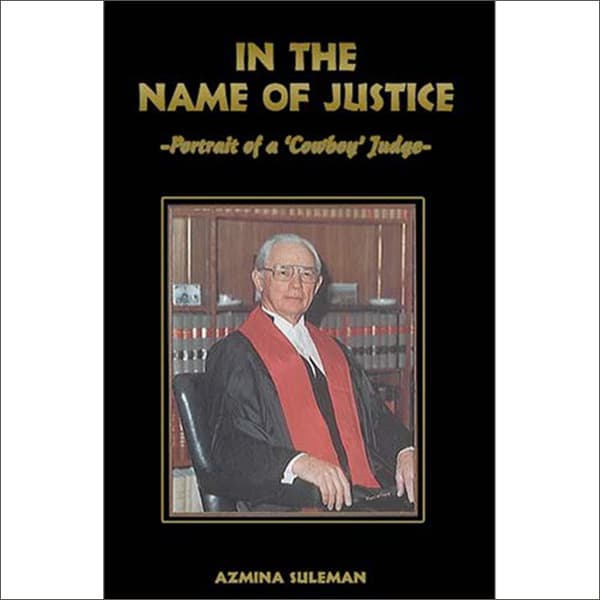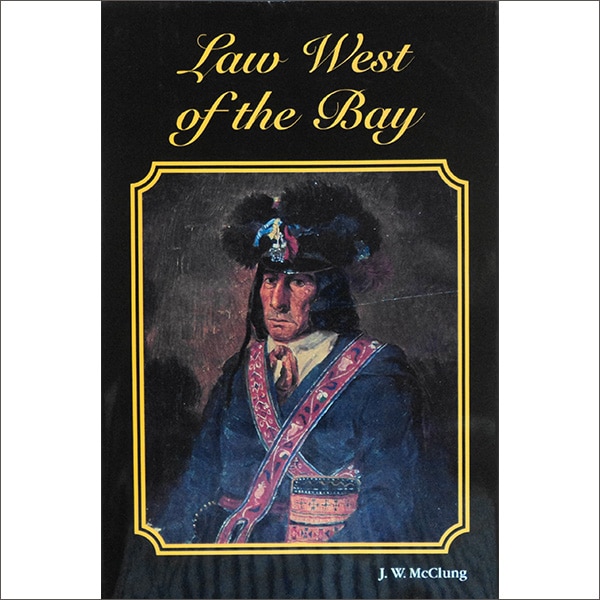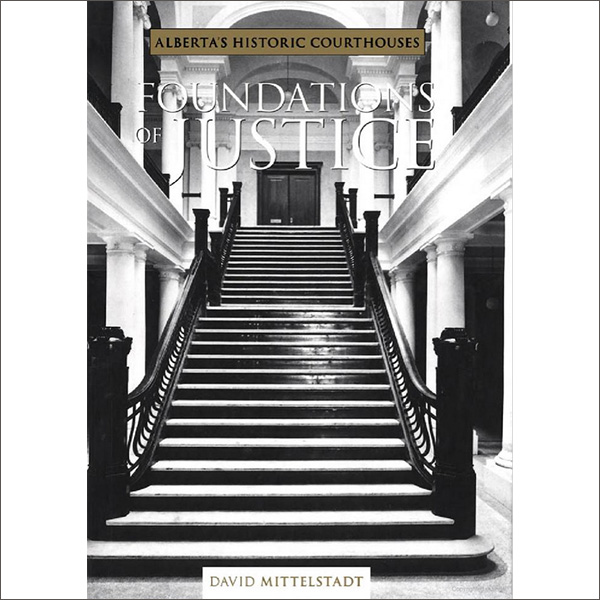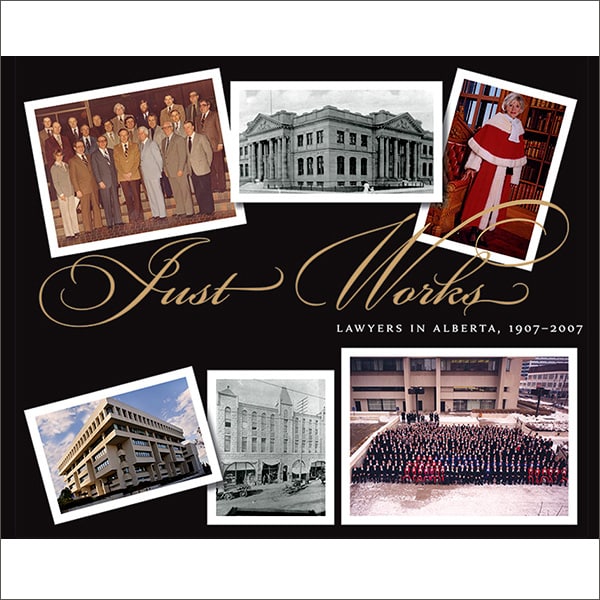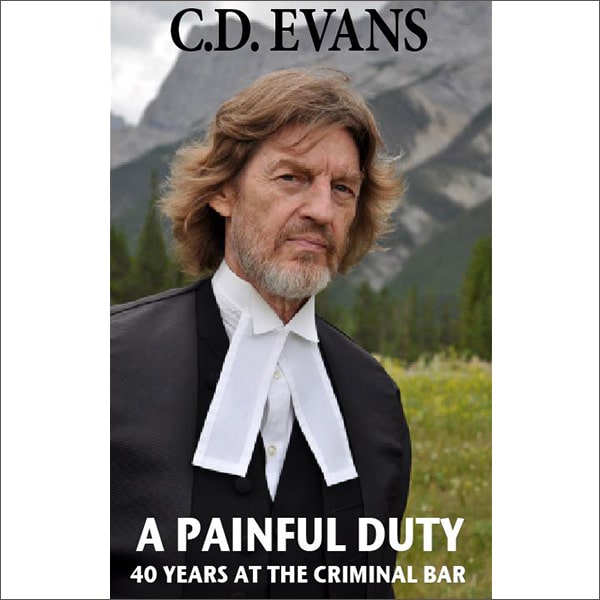Adam’s Journey: a struggle for survival in a hostile land!
by Adam William Germain
A poor boy raised in a single parent home, on the wrong side of the tracks, would seem to have the dice loaded against him. But Adam’s Journey shows how determination, intelligence, and a gift for the gab, combined with a rare understanding of ordinary people and compassion for them, can take you a long, long way in today’s Canada.
"Adam’s Journey is almost as interesting and entertaining as its author. A fun and informative intertwining of personal circumstances with important Alberta history." - Justice Eric Macklin

